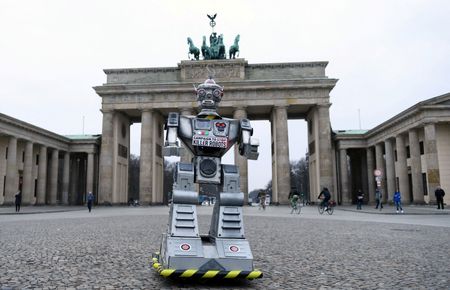
China Is Preparing For The Next Pandemic, Are We ?
 Fri, 14 Jan 2022
| Reading Time: 6 minutes
Fri, 14 Jan 2022
| Reading Time: 6 minutes

A hypothetical scenario: The year is 2030. It’s been five years since you or your family members have stepped outside your home. It’s too dangerous out there. This pandemic is deadlier than anything humanity has seen before. Death is lurking in every corner of the city. It requires special gear to move in the dangerous outside environment. The world is mostly being run by machines or a select few with the highest security clearance.
Perhaps, in pre-COVID days you could have laughed it off, but today the scenario looks very much plausible. More and more advanced economies are investing in Level-4 labs and indulging in dual-use research on pathogens. Each one points a finger at the other and gets going with the illegal research with extra vigour.
History has it that in the Peloponnesian war, Spartans lured Athenians into mosquito-infested regions. 70 per cent of Athenians died or were incapacitated due to malaria. A chapter in biological warfare had begun. Could a modern-day biological war be around the corner? How well-prepared India or the other free world nations are?
The China Story
There are over 112 Biosafety Level-3 (BSL-3) labs in China. They have plans to build seven BSL-4 labs by 2025 (Harbin, Beijing and Kunming included). The notorious and world’s largest BSL-4 lab, Wuhan Institute of Virology, situated on the outskirts of Wuhan is the first one on the impressive list. It is one of the 59 maximum containment labs in operation around the world.
BSL-4 labs are designed and built so that researchers can safely work with the most dangerous pathogens on earth. These pathogens can cause serious diseases. Since these pathogens are still being studied that means no treatment or vaccine is existing to fight against them. Researchers wear full-body pressurised suits with independent oxygen. As per Richard Ebright, a molecular biologist at Rutgers University, New Jersey, “despite such stringent rules the SARS virus has escaped from high-level containment facilities in Beijing, multiple times, how and why?”
Could the same be the case with the coronavirus? It has killed 5.26 million people across the world and counting. It has wiped out trillions of dollars in economic production and turned life topsy-turvy for billions of people, without any accountability from China. We may never know the real story of Covid-19, but it certainly was being experimented on and weaponized in Wuhan, and its escape could be deliberate or accidental.

BSL Labs World Map: Courtesy non-science.com
Why Panic Now
History tells us that the outbreak of SARS took place in 2003, swine flu in 2009, Ebola in 2014, Zika in 2016 and COVID-19 in 2019. At this rate, 2025 is looking ominous.
From Mers-carrying camels in Africa to the pigs with influenza in Europe, H1N1 virus Swine Flu of North America, Nipah virus of East Asia, Zika mosquitoes of North America, Yellow Fever monkeys of South America, Flesh-eating bacteria or Buruli ulcer of Australia, H7N9 Bird Flu of China. The list goes on. Rogue nations like China are getting impatient at the pace of their world dominance. This makes them a very dangerous country. To fulfil their ambition, which virus they would weaponize and unleash upon humanity is anybody’s guess.
Guan Yi of the University of Hong Kong, School of Public Health, predicts H7N9 to be the biggest threat to public health in 100 years. Other scientists feel that Nipah, with 70% of death rate, capability to infect a wide range of animals, long incubation period and with no existing vaccine, could be the next pandemic in the making.
Mosquito Aedes vittatus is capable of carrying nearly all of the most dangerous mosquito-borne diseases, except for malaria. Across the world, 20 of the top 50 diseases that affect the military are carried by mosquitoes. Entomologists also call Aedes vittatus a “container breeder”. If only a deadly lab modified virus is carried by these mosquitoes, the pandemic would travel far and wide, at breakneck speed, incapacitating militaries and factory workers alike.
The Machine World
While the world was struggling with the accidental or deliberate pandemic, a very interesting development took place in China. In December 2021, China released a five-year smart manufacturing development plan, Made in China 2025 (MIC25). In the plan, China aims at doubling the density of robots at an annual rate of 20% in the next three years.
This looks like a very innocuous and legitimate ambition of a free nation (pun intended). However, there are solid reasons behind this policy. China has already witnessed the production coming to a grinding halt when the pandemic hit them hard. Another issue staring directly at Chinese policymakers is the declining population with no solution in sight. This made the Chinese Communist Party (CCP) think hard. They came out with a solution. If during the pandemic there were a sufficient number of robots on the factory floors, the economic slowdown could have been avoided.

Courtesy: ifr.org
According to the International Federation of Robotics, China in 2020 with an overall 246 robots per 10000 employees, ranked 9th in robot density. This was up from 49 robots (position 25th) in 2015. China is neck to neck with the United States at 255 but still lags behind world number one, South Korea, which has a current density of 932. The world average is 126 robots per 10000 employees.
China is the world leader in robotics patents, accounting for nearly 35 per cent of the global output in the last 15 years. The US was a distant second with 13 per cent. As part of the latest plan, China aims to digitise 70 percent of domestic manufacturers by 2025 and be among the world’s best by 2035.
The Indian Perspective
IFR report says that India has 99 industrial robots per 10000 employees. This is one fourth of Indonesian (440 units) and one seventh of Chinese (732 units) density. Of course, India is no where near the frontrunner South Korea (2,589 units). In the manufacturing industry also India has a dismal record of just 4 robots per 10000 employees. Tharman Shanmugaratnam of the International Monetary Fund (IMF) says that India has only a decade to get its act together. India’s labor-intensive manufacturing would not survive in its present form when the machines take over.
Why We are Talking This
Nikkei’s 33 economists survey expected China’s economy to expand 7.9% in 2021 and 5.1% in 2022. IMF also had similar growth projections for China, 8.0% in 2021 and 5.6% in 2022.

Courtesy: Nikkei
The sluggish Chinese economy hit hard by crashed real estate, caged technology companies, and plummeted population growth will not be able to survive another lockdown due to a pandemic.
The pandemic has corroborated the general Chinese economic slowdown that had already been lurking in the shadows for several years. Since China is running out of options to find new drivers for its growth. They are going to implement this chaos doctrine with impunity — “Replace the Beams with Rotten Timbers”: Take out the leading asset of your target, denying your enemy the resources needed to oppose you.
Everyone has been breaking their head over the question — how COVID-19 spread to the remotest of the islands? People wonder how the virus travelled the globe. They forget, China is the factory of the world. Did China knowingly or unknowingly packed coronavirus along with the goods and transported it across the globe?
During Peloponnesian war if Athenians had robot soldiers the outcome would have been different. China understands this. Therefore when the next pandemic is unleashed over the world, China will be ready with robot workers and soldiers. Positioning robot soldiers in Tibet against India seems to be part of the same grand strategy. The world would stop and China would keep churning out goods, making the world completely dependent on China.
What Should India Do
The only silver lining is that Chinese companies are not ready for such technological transformation and that too at such fast pace. Therefore, MIC25 may partially succeed. But it should not make India and other nations, complacent. India needs to work on war footing on a dual approach to handle the next biological war — automation; and enhanced biological research capacity, and capability.
India has only two BSL-4 labs — one at National Institute of Virology (NIV), Pune, and second at High Security Animal Disease Laboratory, Bhopal. Rajiv Gandhi Centre for Biotechnology (RGCB), Trivandrum, is awaiting nod for an upgrade to BSL-4. There are 6 BSL-3 labs and 293 BSL-2 facility in India.
Among the list of manufacturers in the world, India stands at number six, however, Indian workers’ & companies’ productivity is one-seventh of American businesses and workers‘ output. Why? Because India is counted among the nations that have the lowest counts of robots in the world.
India needs to double down the road of reforms. China and other adversaries will keep putting impediments in Indian reforms in the factories, the farm and various other sectors, so that the production comes to a grinding halt when the next pandemic hits. That is where the grit and determination of the government of India would be put to test. Are they ready for it?
Evil isn’t the only threat to the world. Ill-preparedness, ignorance and servitude are just as destructive as Evil, and much more widespread. ~ Insightful Geopolitics
********************
Disclaimer
The opinions expressed in this article are the author’s own and do not reflect the views of Chanakya Forum. All information provided in this article including timeliness, completeness, accuracy, suitability or validity of information referenced therein, is the sole responsibility of the author. www.chanakyaforum.com does not assume any responsibility for the same.
Chanakya Forum is now on . Click here to join our channel (@ChanakyaForum) and stay updated with the latest headlines and articles.
Important
We work round the clock to bring you the finest articles and updates from around the world. There is a team that works tirelessly to ensure that you have a seamless reading experience. But all this costs money. Please support us so that we keep doing what we do best. Happy Reading
Support Us





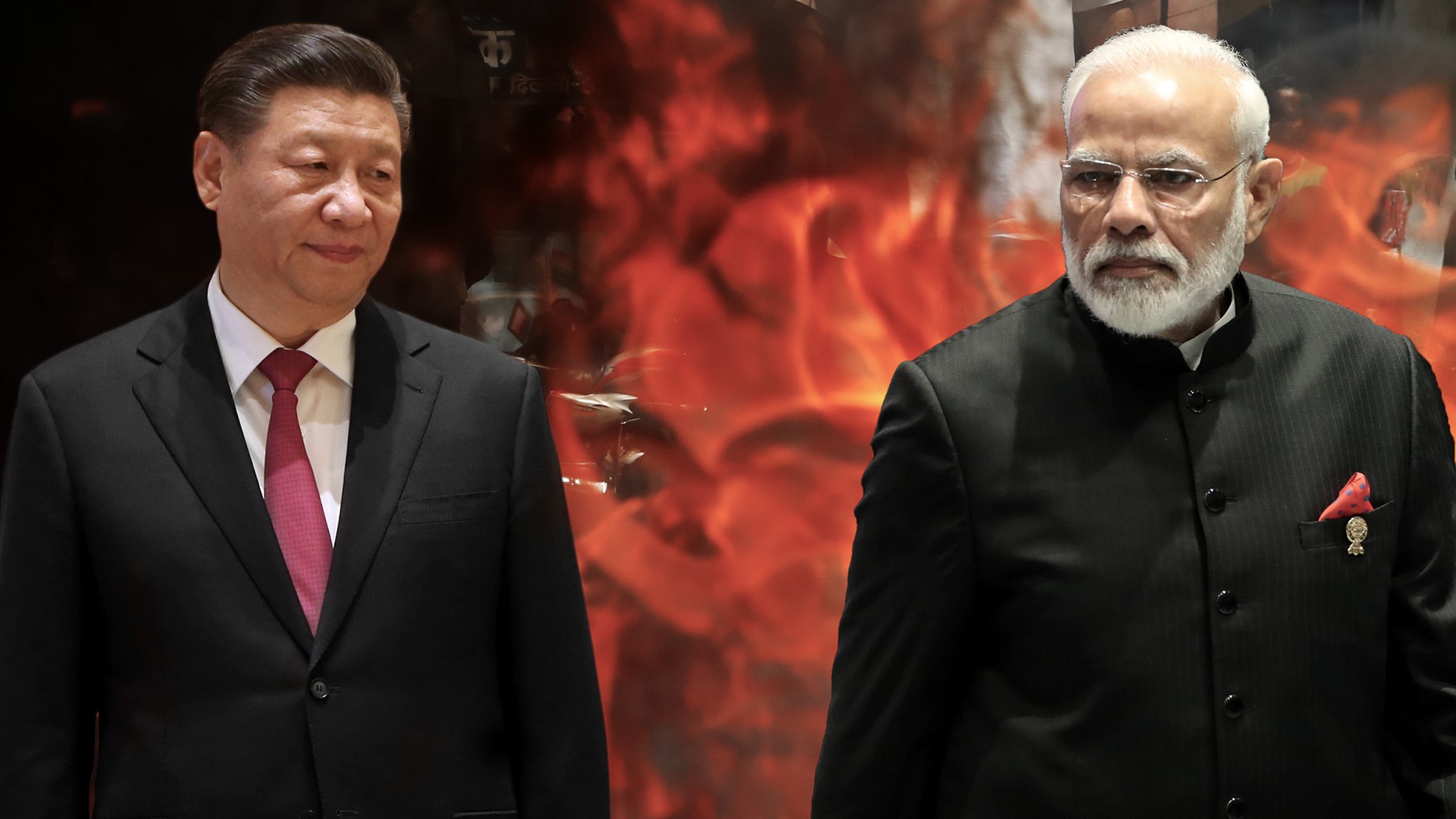
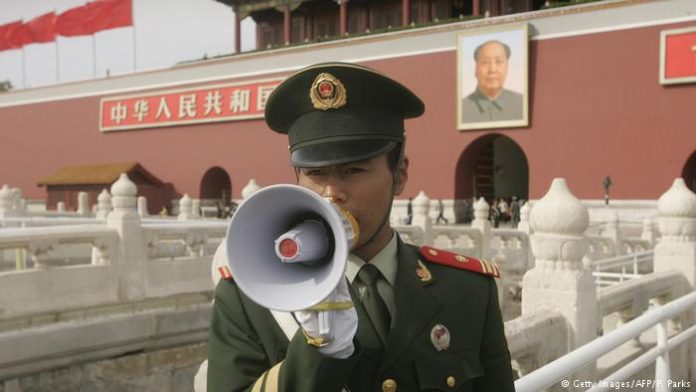




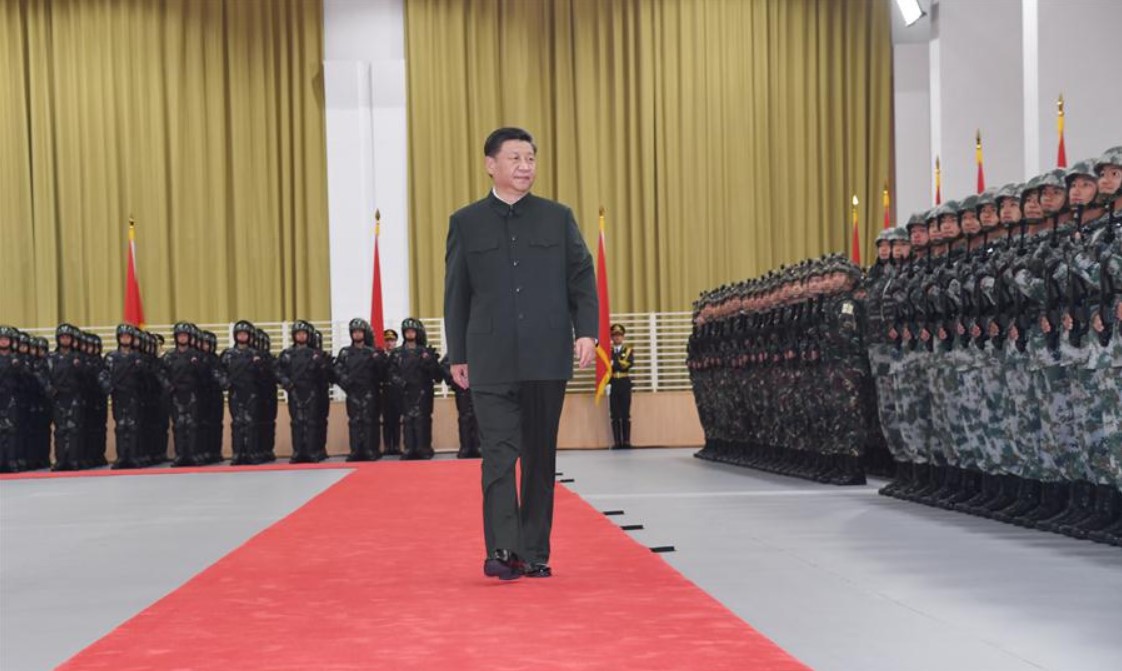


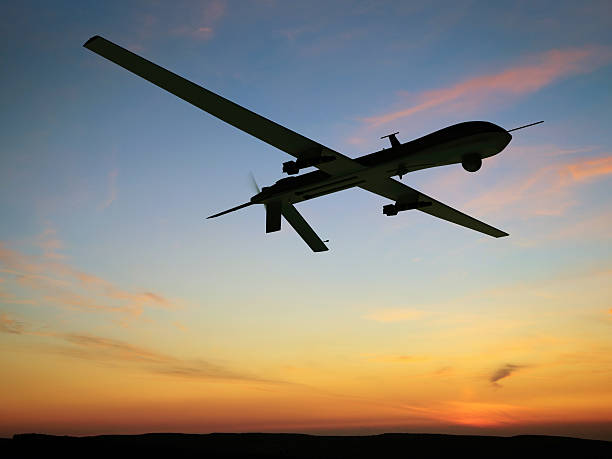






POST COMMENTS (24)
Shaily rawat
Ajay Gupta
ST
YOGESH PAI
Ajay Maini
Rajesh Dhawan
K Sreenivas
Rominad
Cdr Deepak Singh
Chand Nadaf
Deovrat Pagay
JS Kumar veteran
Gaurav Chaturvedi
Sukhjit singh
Vijay Raj Manohar
Sandeep
Renu
Bob Sivaraman
Narinder Pal Singh Hora
Aninda Mukherjee
Judithann Campbell
Arvind pande
Raman Gupta
Sid Gupta